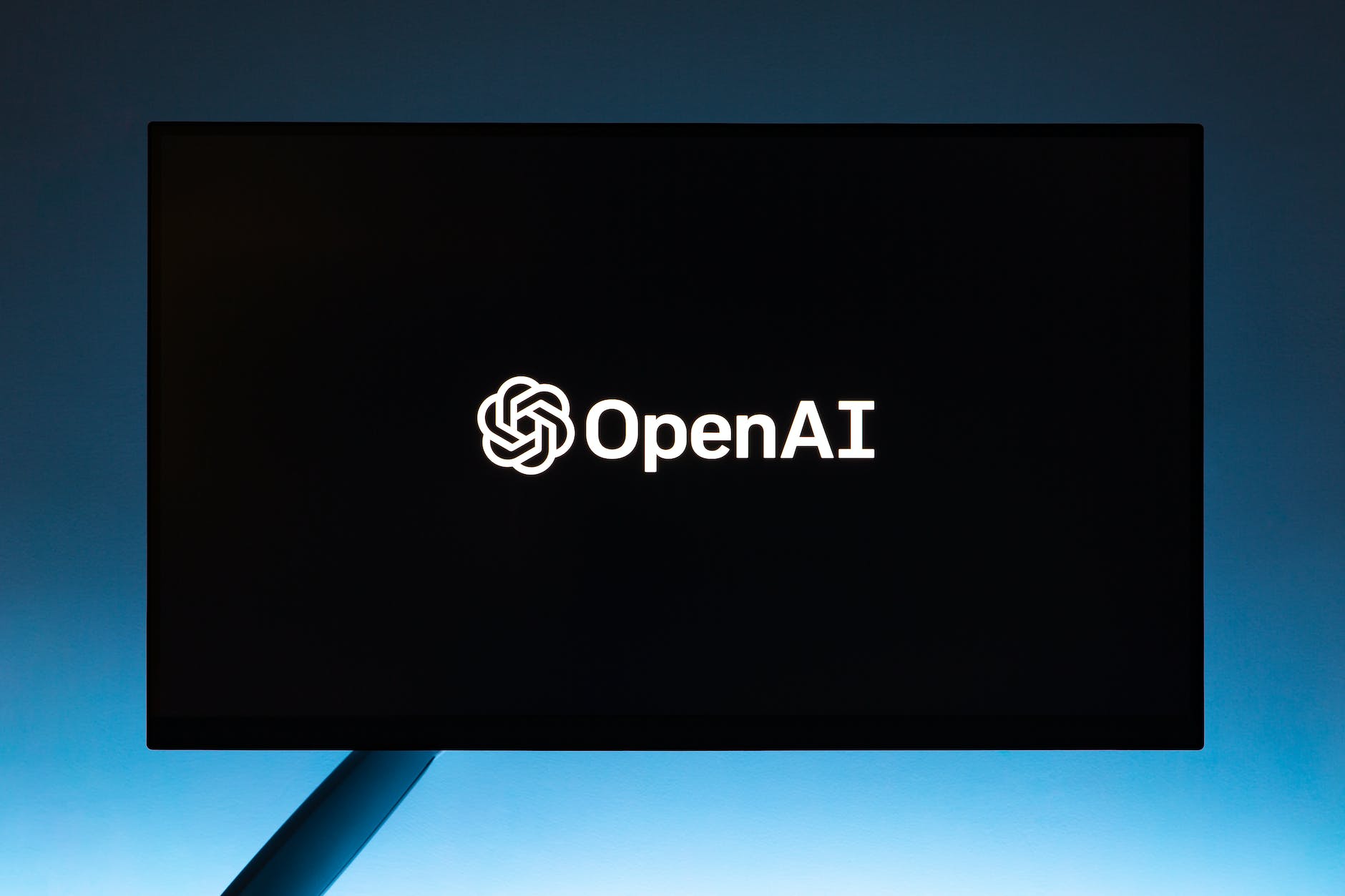TL;DR
In the digital age, education has shifted to online platforms, and AI tools like GPT-4 and Chat2Course are revolutionizing curriculum development. GPT-4 can generate human-like text and assist in creating online courses, making technical subjects more approachable. Chat2Course is a web application that uses AI to design curricula efficiently. However, it’s important to remember that AI is a tool and should not replace the expertise of educators. AI saves time by automating routine tasks, allowing educators to focus on more intricate aspects of course creation. AI combined with educators’ knowledge offers a promising path forward in developing efficient and effective curricula.
In our modern, digitized world, it is impossible to ignore the significant shift that education has made from conventional classrooms to the virtual realm. Online learning platforms, rapidly becoming the norm rather than the exception, are undeniably reshaping the educational landscape, whether for the better or worse. Despite the waves of transformation, accelerated by inevitable progress and the COVID-19 global pandemic, one daunting task remains consistent — the development of high-quality, engaging, and accessible curriculum. This challenge intensifies when it comes to creating intricate, technical curriculum meant for asynchronous learning.
Enter the world of artificial intelligence (AI). AI is revolutionizing how we approach various tasks, and curriculum development is no exception. In particular, AI tools like GPT-4 and Chat2Course are making significant strides in streamlining the process of designing and writing sophisticated and high-quality educational content.
GPT-4: The Future of Content Generation
OpenAI’s GPT-4, the latest model in the Generative Pre-trained Transformer series, is a revolutionary language model trained on a wide range of internet text. It excels in understanding and generating human-like text, which can be incredibly valuable when creating an online course. The AI can assist with drafting lesson outlines, generating quizzes and test items, or even creating dialogue for interactive scenarios.
GPT-4 can be used to write explanations or examples for complex concepts in a more user-friendly manner, making technical subjects more approachable for learners of all levels. Its ability to process and generate language in a contextually sensible manner allows for a smoother, more engaging learning experience.
Chat2Course: Bridging the Gap Between AI and Online Education
While GPT-4 can produce impressive content, it requires an interface for practical application in the realm of online course development. This is where Chat2Course shines. This web application, which is specifically designed to use AI for course creation, provides an easy-to-use platform that harnesses the power of AI to design curricula expeditiously and efficiently.
Using Chat2Course, course creators can input key points or concepts, and the AI assists in fleshing out these concepts in a comprehensive, coherent manner. It generates course materials, suggests activities, and even drafts assessment items, all while maintaining the specific tone and style set by the user.
AI as a Tool, Not a Replacement
As society begins to navigate the intricate intersections of AI and education, it’s crucial to remember that AI tools like GPT-4 and Chat2Course are just that — tools. They are not intended to replace the invaluable expertise and nuanced understanding that subject matter experts bring to the table. These tools cannot replace the art of teaching or the special abilities of passionate educators to spark intellectual curiosity and creativity (in this author’s opinion that is not something that machines can ever duplicate). Instead, these tools offer a powerful resource for augmenting and enhancing an expert’s capabilities. When used correctly these tools present an opportunity to democratize learning and to allow an individual, or small team, to share their specialized knowledge with the general public.
AI can synthesize and present information, but the quality of the content it generates is dependent on the input it receives. Designing an effective curriculum still requires mastery of the subject matter. It’s up to the course creators to provide accurate and thorough information and to curate the AI’s output for quality, relevance, and pedagogical effectiveness.
Time-Saving with AI
Perhaps one of the most notable advantages of leveraging AI in curriculum design is the significant time-saving aspect. AI can assist in automating the more routine tasks such as formatting content, generating quiz questions, and even creating supplementary materials like flashcards or summary notes.
This allows educators to spend more time focusing on the more intricate aspects of course creation, like ensuring that the content aligns with learning objectives, crafting engaging narratives, and continuously updating course content to stay relevant in fast-paced technical fields. Allowing an educator to focus on brining the materials to life with practical, relevant, and interactive content.
It is undeniable that AI is already a game-changer in the realm of education. Its ability to assist in creating a technical curriculum is redefining traditional education systems and offering unprecedented possibilities. When combined with the in-depth knowledge and expertise of educators, AI can offer a promising path forward, making the process of developing curricula more efficient and effective. However it is vital to remember that tools like GPT-4 and Chat2Course are designed to work alongside educators, not replace them.
